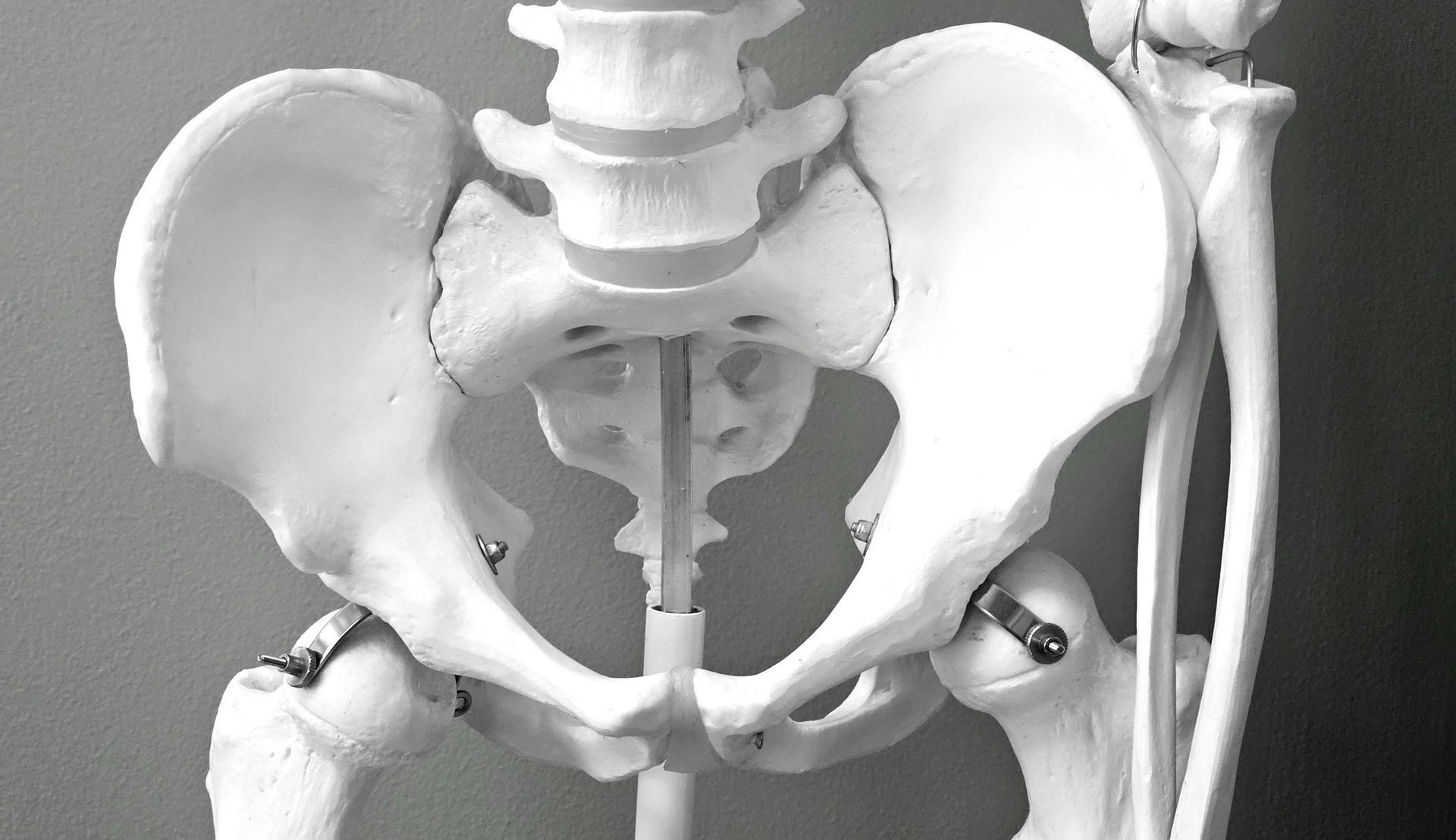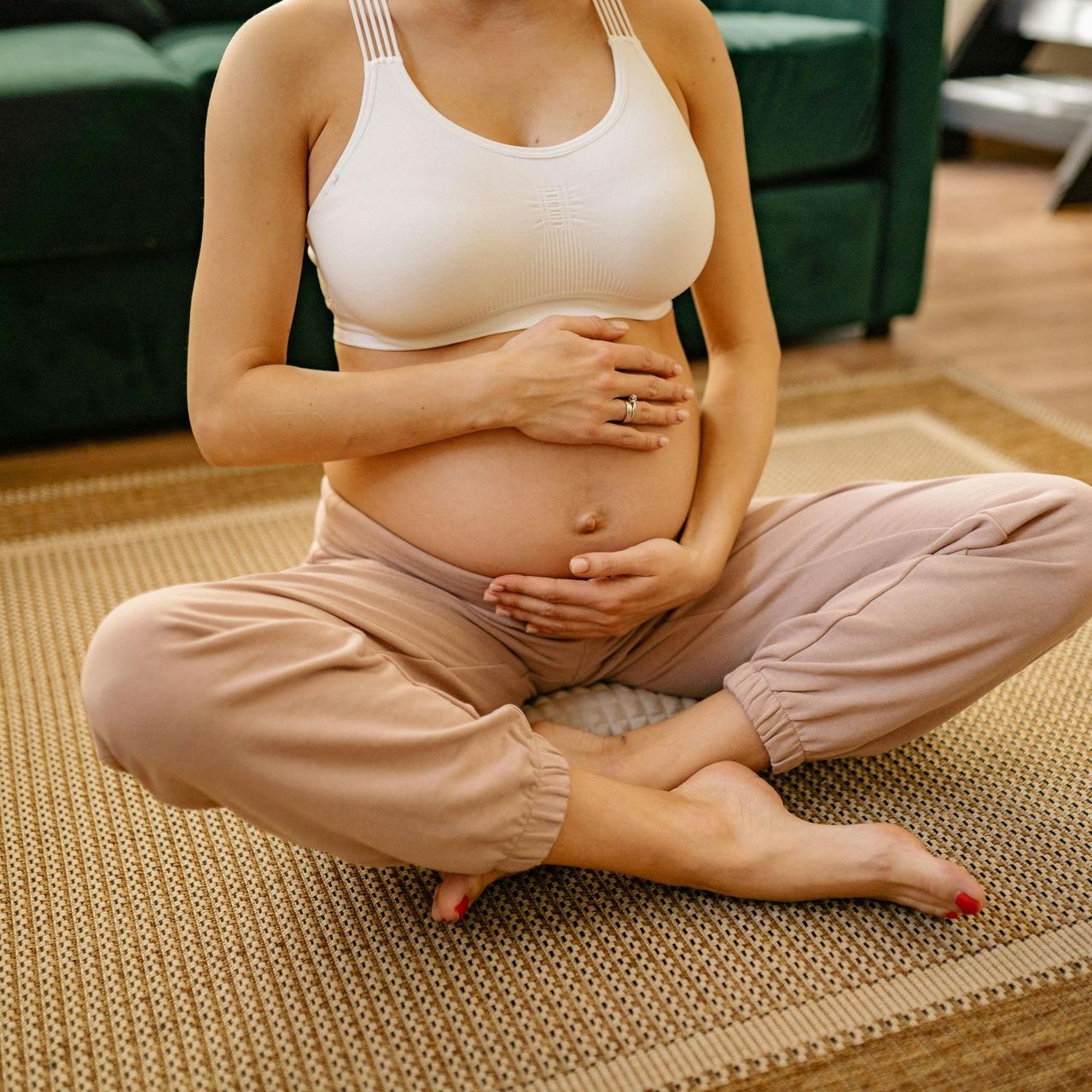Yoga for Pregnancy: Poses to Help You Stay Calm, Strong, and Flexible
Yoga is an excellent form of exercise for pregnant women, providing both physical and mental benefits. It helps maintain strength and flexibility, improves balance, reduces pregnancy-related discomforts, and promotes relaxation and mental clarity. At BumpWellness, we recommend incorporating prenatal yoga into your fitness routine to support a healthy pregnancy and prepare your body for labor and delivery.
Benefits of Prenatal Yoga
- Improves Flexibility and Strength: Yoga stretches and strengthens the muscles used during pregnancy and childbirth, including the core, back, and pelvic floor muscles. This can help alleviate common pregnancy discomforts such as lower back pain and sciatica.
- Reduces Stress and Anxiety: Deep breathing and relaxation techniques practiced in yoga help calm the mind, reduce anxiety, and improve overall mood. This mental clarity can be particularly beneficial as you prepare for labor.
- Enhances Balance and Stability: As your belly grows, your center of gravity shifts, affecting your balance. Yoga poses help improve stability and coordination, reducing the risk of falls.
- Encourages Better Posture: Prenatal yoga emphasizes alignment and posture, helping to counteract the tendency to slouch or overarch the back during pregnancy.
- Prepares for Labor and Delivery: Yoga teaches breathing techniques, body awareness, and relaxation methods that are invaluable during labor. Certain poses help open the pelvis and prepare the body for delivery.
Recommended Yoga Poses for Pregnancy
Cat-Cow Stretch (Marjaryasana-Bitilasana):
How It Helps: This gentle flow helps relieve tension in the spine and improves flexibility in the back and abdominal muscles.
How to Do It: Start on your hands and knees with your wrists directly under your shoulders and knees under your hips. Inhale as you arch your back and look up (Cow Pose), then exhale as you round your back and tuck your chin to your chest (Cat Pose). Repeat for several breaths.
Child’s Pose (Balasana):
How It Helps: A resting pose that gently stretches the lower back, hips, and thighs, relieving tension and promoting relaxation.
How to Do It: Kneel on the floor with your knees apart and big toes touching. Sit back on your heels and extend your arms forward, lowering your chest towards the floor. Rest your forehead on the mat and breathe deeply.
Warrior II (Virabhadrasana II):
How It Helps: Strengthens the legs, core, and pelvic muscles while improving balance and stability.
How to Do It: Stand with your feet wide apart. Turn your right foot out 90 degrees and bend your right knee over your ankle, keeping your left leg straight. Extend your arms out to the sides, palms down, and gaze over your right hand. Hold for a few breaths, then switch sides.
Squat Pose (Malasana):
How It Helps: Opens the hips, strengthens the legs, and promotes optimal positioning for the baby.
How to Do It: Stand with your feet slightly wider than hip-width apart, toes pointing out. Lower into a squat, bringing your hands to prayer position in front of your chest. Use your elbows to gently press your knees apart. Hold for several breaths.
Pigeon Pose (Eka Pada Rajakapotasana):
How It Helps: Stretches the hip flexors and relieves lower back tension.
How to Do It: From all fours, bring your right knee forward and place it behind your right wrist. Extend your left leg back, keeping the hips square. Lower your chest forward and breathe deeply. Repeat on the other side.
Bound Angle Pose (Baddha Konasana):
How It Helps: Opens the hips, stretches the inner thighs, and improves circulation to the pelvic region.
How to Do It: Sit on the floor with your knees bent and the soles of your feet touching. Hold your feet with both hands and gently press your knees towards the floor. Sit up tall and breathe deeply.
Tips for Practicing Yoga Safely During Pregnancy
- Modify Poses as Needed: As your belly grows, you may need to modify poses for comfort and safety. Use props like yoga blocks, bolsters, and blankets to support your body.
- Avoid Deep Twists and Backbends: Avoid poses that compress the abdomen, deep twists, and intense backbends.
- Focus on Gentle Movements: Choose gentle, fluid movements that promote relaxation and flexibility.
- Stay Hydrated: Drink water before, during, and after your practice to stay hydrated.
- Listen to Your Body: If a pose feels uncomfortable or causes pain, skip it and try a modified version or different pose.
How BumpWellness Can Support Your Prenatal Yoga Practice
At BumpWellness, our certified trainers specialize in prenatal yoga, providing personalized guidance to help you enjoy a safe and effective practice. We offer customized yoga sessions that match your fitness level and pregnancy stage, ensuring you feel calm, strong, and flexible throughout your journey.
Contact Us Today!
Schedule a free consultation to learn how our prenatal yoga sessions can benefit you during pregnancy.










